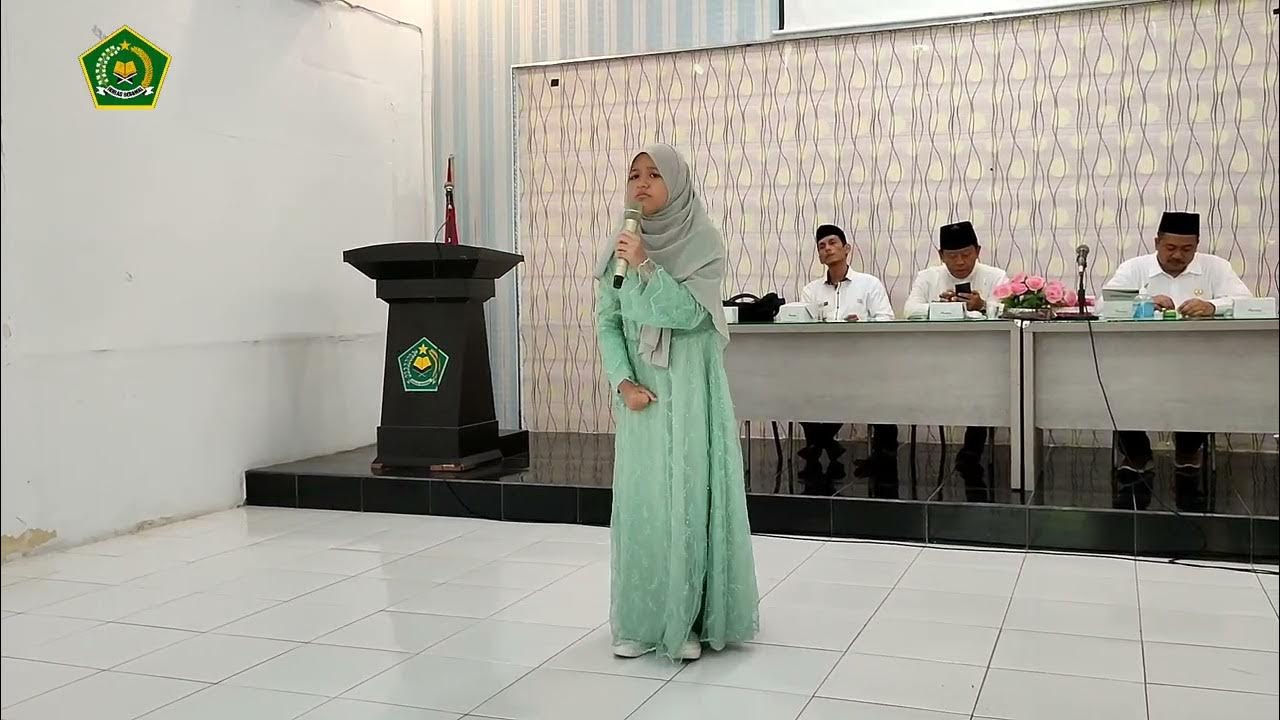Kehilangan Diri Sendiri? Sudah Menerapkan Komunikasi Intrapersonal, belum?
Summary
TLDRIn this engaging video, Rehan and Safira Zahra explore the theme of self-communication and identity. They discuss how personal thoughts, feelings, decisions, and habits shape one’s future. The hosts emphasize the importance of understanding oneself through introspection, recognizing the influences of family, peers, and society. They introduce the Johari Window model, highlighting self-awareness and the impact of external perceptions. The video concludes with actionable steps for self-improvement, including setting realistic goals, accepting one’s journey, and committing to personal growth, encouraging viewers to embrace their individuality.
Takeaways
- 😀 Understanding oneself is crucial for personal development and future planning.
- 😀 Intrapersonal communication involves talking to oneself to understand needs and desires.
- 😀 Various factors influence our character formation, including family, peers, society, and our own perceptions.
- 😀 Family plays a significant role in shaping identity through direct communication and established household rules.
- 😀 Peer comparisons can aid in self-improvement but should be approached with caution to avoid negative feelings.
- 😀 Societal norms and cultural prohibitions (pantang) impact personal behavior and character development.
- 😀 Self-suggestions can shape how we view ourselves and influence our character traits.
- 😀 The Johari Window model outlines four areas of self-awareness: Open self, Blind self, Hidden self, and Unknown self.
- 😀 When feeling lost, it's essential to commit to self-improvement and set realistic goals.
- 😀 Acceptance of one's unique process and journey is vital, as everyone's growth and progress are different.
Q & A
What is the main topic discussed in the video?
-The main topic is about self-communication, specifically intrapersonal communication, and understanding oneself.
What are the key elements that determine one's future according to the speakers?
-The key elements include thoughts, feelings, decisions, actions, habits, and character.
How can one start the process of self-recognition when feeling lost?
-One can start by talking to themselves to understand their needs and desires.
What are the four main influences on character formation mentioned in the video?
-The four influences are family, peers, society, and the individual themselves.
How does family influence character development?
-Family influences character through direct definitions, family rules, and parenting styles that shape how individuals perceive themselves.
What is the Johari Window, and how does it relate to self-awareness?
-The Johari Window is a model that illustrates self-awareness through four quadrants: Open Self, Blind Self, Hidden Self, and Unknown Self, each representing different aspects of knowledge about oneself.
What steps should one take to improve themselves?
-One should commit to self-improvement, set realistic and achievable goals, and accept themselves while understanding that growth is a process.
What does the video say about comparison with peers?
-Comparison with peers can be beneficial for self-improvement, as it helps individuals measure their abilities and recognize areas for growth.
How do cultural norms influence personal character?
-Cultural norms, such as taboos or prohibitions (pantang), can shape behaviors and beliefs passed down through generations, affecting personal character.
What is the importance of believing in oneself according to the speakers?
-Believing in oneself is crucial because it fosters self-acceptance and encourages individuals to embrace their unique journey towards personal development.
Outlines

This section is available to paid users only. Please upgrade to access this part.
Upgrade NowMindmap

This section is available to paid users only. Please upgrade to access this part.
Upgrade NowKeywords

This section is available to paid users only. Please upgrade to access this part.
Upgrade NowHighlights

This section is available to paid users only. Please upgrade to access this part.
Upgrade NowTranscripts

This section is available to paid users only. Please upgrade to access this part.
Upgrade NowBrowse More Related Video

Percobaan Induksi Elektromagnetik ✨

Aksi Zahra Allya | Juara 1 Lomba Pidato B. Indonesia pada Porsadin V Tingkat Nasional

Documentário Travessia

SEL Video Lesson of the Week (week 9) Self-Identity

uas biofisika , pembuatan video materi tentang biomaterial/yuni zahara/1914080024

Understanding Media, Subject and Theme in Art
5.0 / 5 (0 votes)